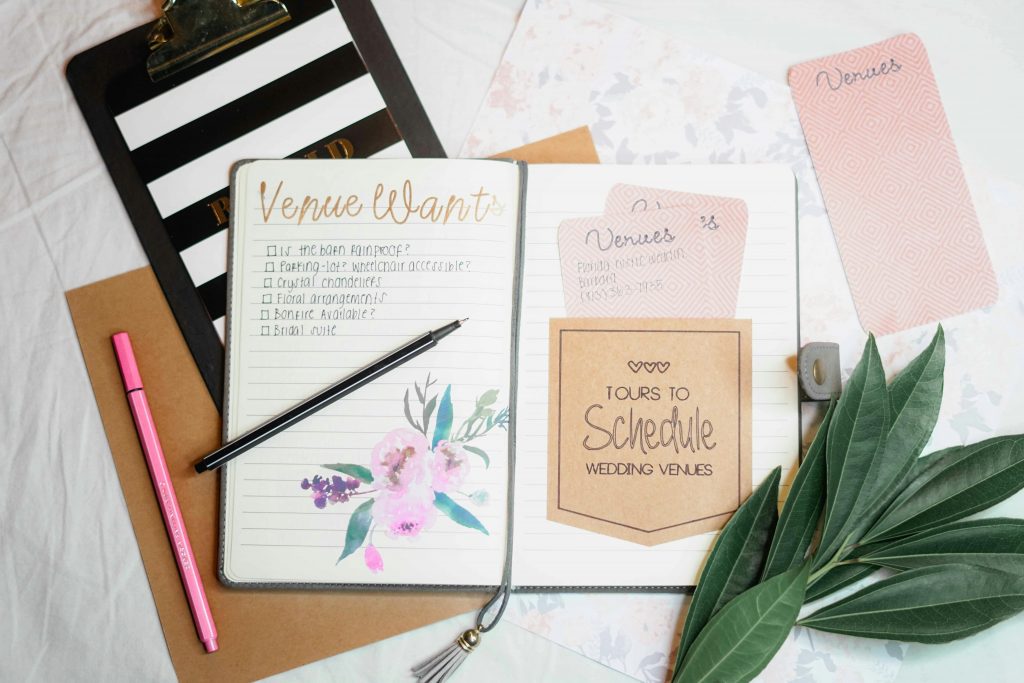
When planning an event, there often is a worrying level of details to account for, whether it’s planning the food, the theme, the guestlist or the overall itinerary. But one detail that’s often overlooked is accessibility.
Ensuring that your event is accessible to all, especially PWDs, isn’t just about doing the right thing. Arguably, event accessibility is a core component of excellent planning. A truly inclusive event ensures that everyone feels welcome, and that no one is left out.
Here’s how you can make sure your next event is as inclusive as possible:
Choose an Accessible Venue
The first step is selecting a venue that is physically accessible. Make sure there are ramps, elevators, and wide doorways for wheelchair users or anyone with mobility aids. Check that accessible restrooms are available and easy to locate. Don’t forget about parking—accessible parking spots should be near the venue entrance, with easy, flat pathways leading inside.
If you’re hosting a virtual event, ensure that the platform is compatible with screen readers and has features like captions or subtitles for video content.
Provide Clear Signage
Make sure your event has clear, easy-to-read signs directing attendees to key areas like entrances, restrooms, and meeting rooms. Signs should be in large, legible fonts with high contrast between the text and background. For larger events, consider using tactile signs or braille for people with visual impairments.
Offer Assistive Services
For individuals who are deaf or hard of hearing, offer sign language interpreters or real-time captioning if your event involves presentations. If your event also includes video content, simply making sure that all videos are captioned does wonders for accessibility.
For attendees with visual impairments, provide large-print versions of any handouts or brochures. If feasible, offer audio descriptions of any visual elements, like slides or demonstrations, so that blind or low-vision event goers can fully engage with the content.
Make Your Website and Registration Accessible
Before the event even begins, make sure your website and registration process are accessible. Use a simple, easy-to-navigate design, and ensure that all forms can be completed using assistive technology, such as screen readers. Meanwhile, providing adjustable font sizes as an option is a small but very helpful feature.
Don’t forget to convey detailed information about the venue’s accessibility features on the event page, so attendees can plan ahead.
Consider Dietary Needs
When catering for your event, don’t forget about dietary restrictions that might affect people with disabilities, such as food allergies or special dietary needs related to medical conditions.
Offering a range of food options that accommodate these needs is not only considerate, but essential for a truly inclusive event. Fortunately, there are ways of achieving this without overshooting your event’s food budget.
References
Chinny Verana (2024) How To Plan Accessible Events: Tips And Best Practices For Event Planners [Accessed 16 September 2024] Available at: https://eventespresso.com/2024/01/accessible-events/
John Hunter (2023) Event Planning for Accessibility: Tips and Best Practices [Accessed 16 September 2024] Available at: https://www.cvent.com/en/blog/events/event-planning-accessibility-tips-and-best-practices
Mentxu Sendino (2024) Complete Guide to Organising Accessible Events [Accessed 16 September 2024] Available at: https://eventscase.com/blog/complete-guide-to-organising-accessible-events